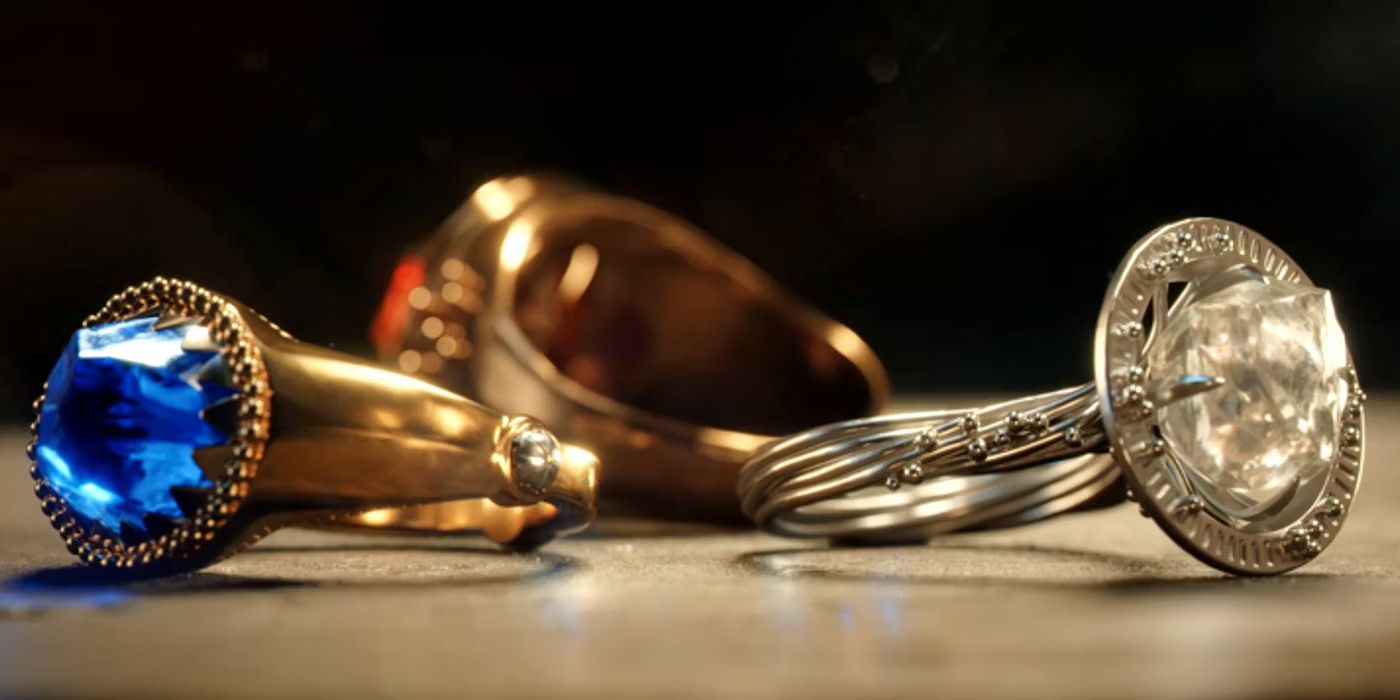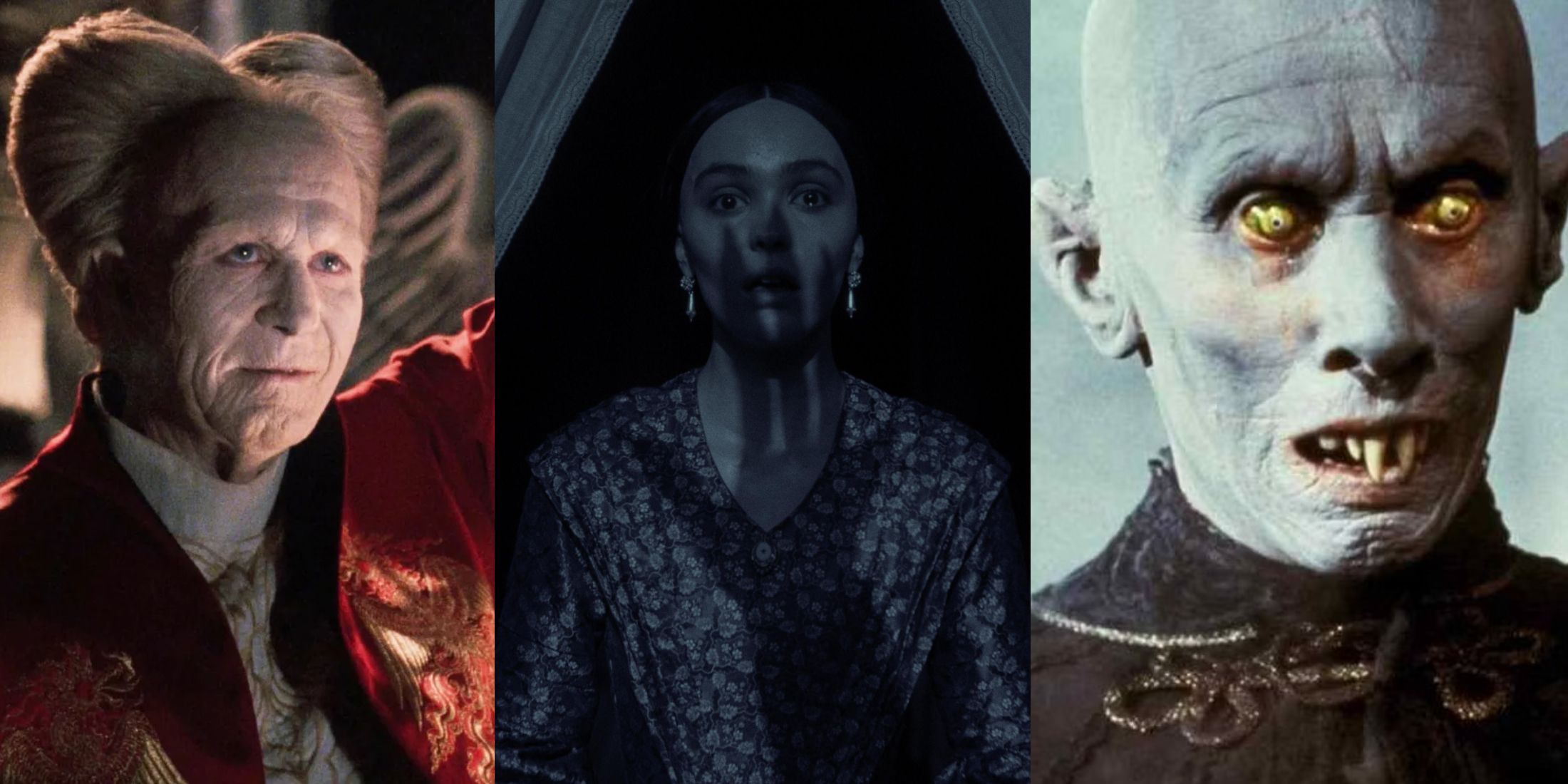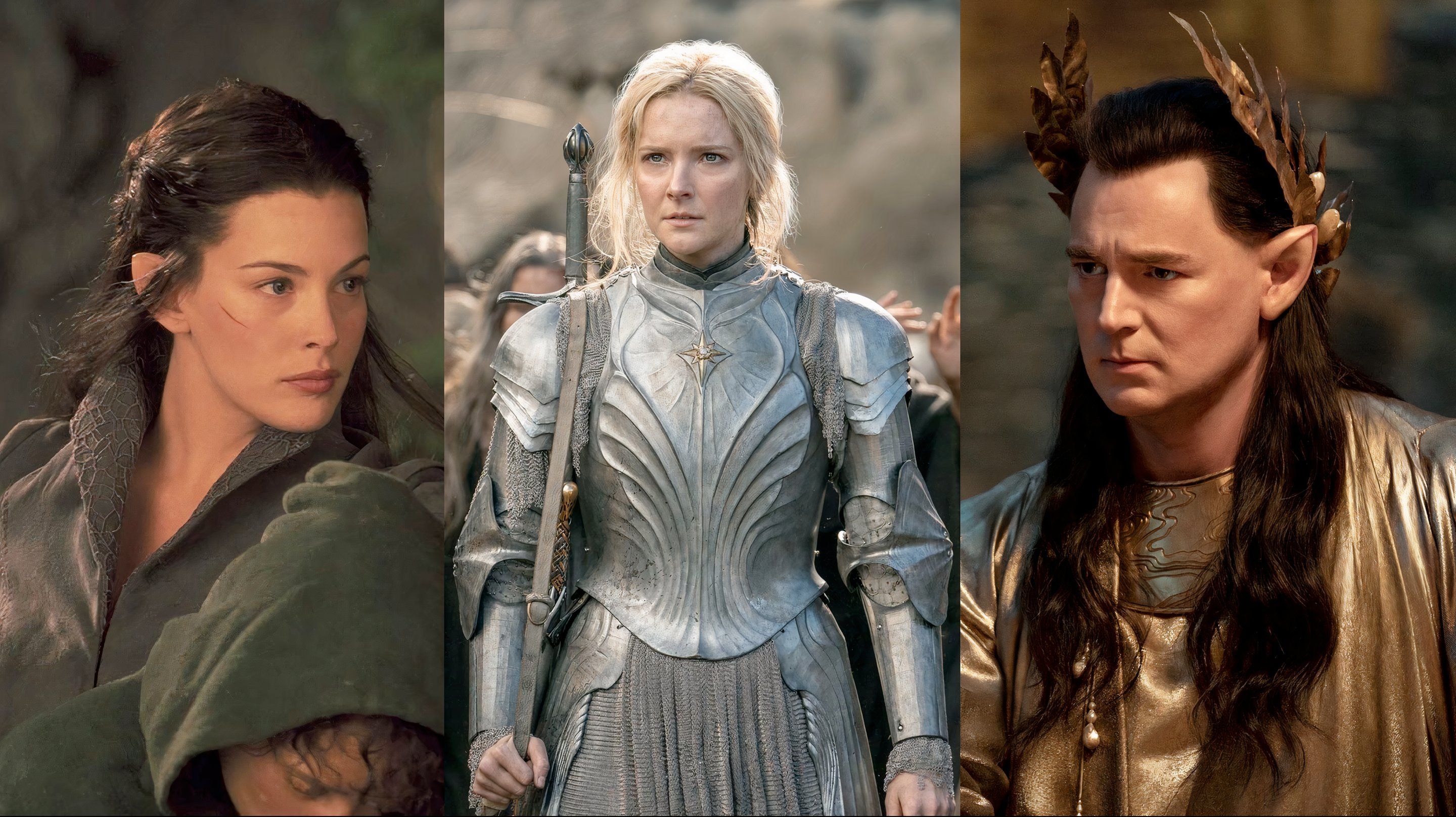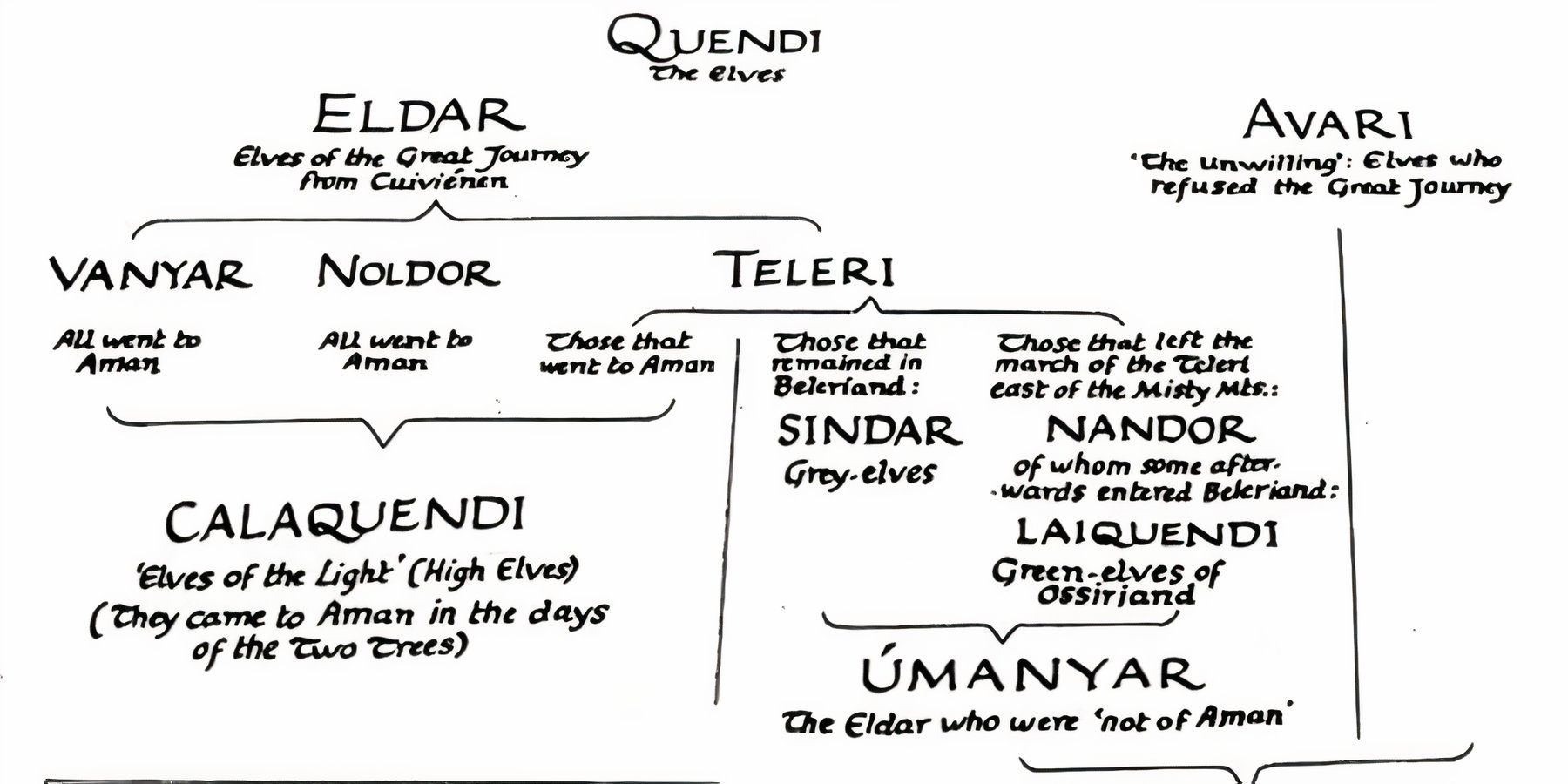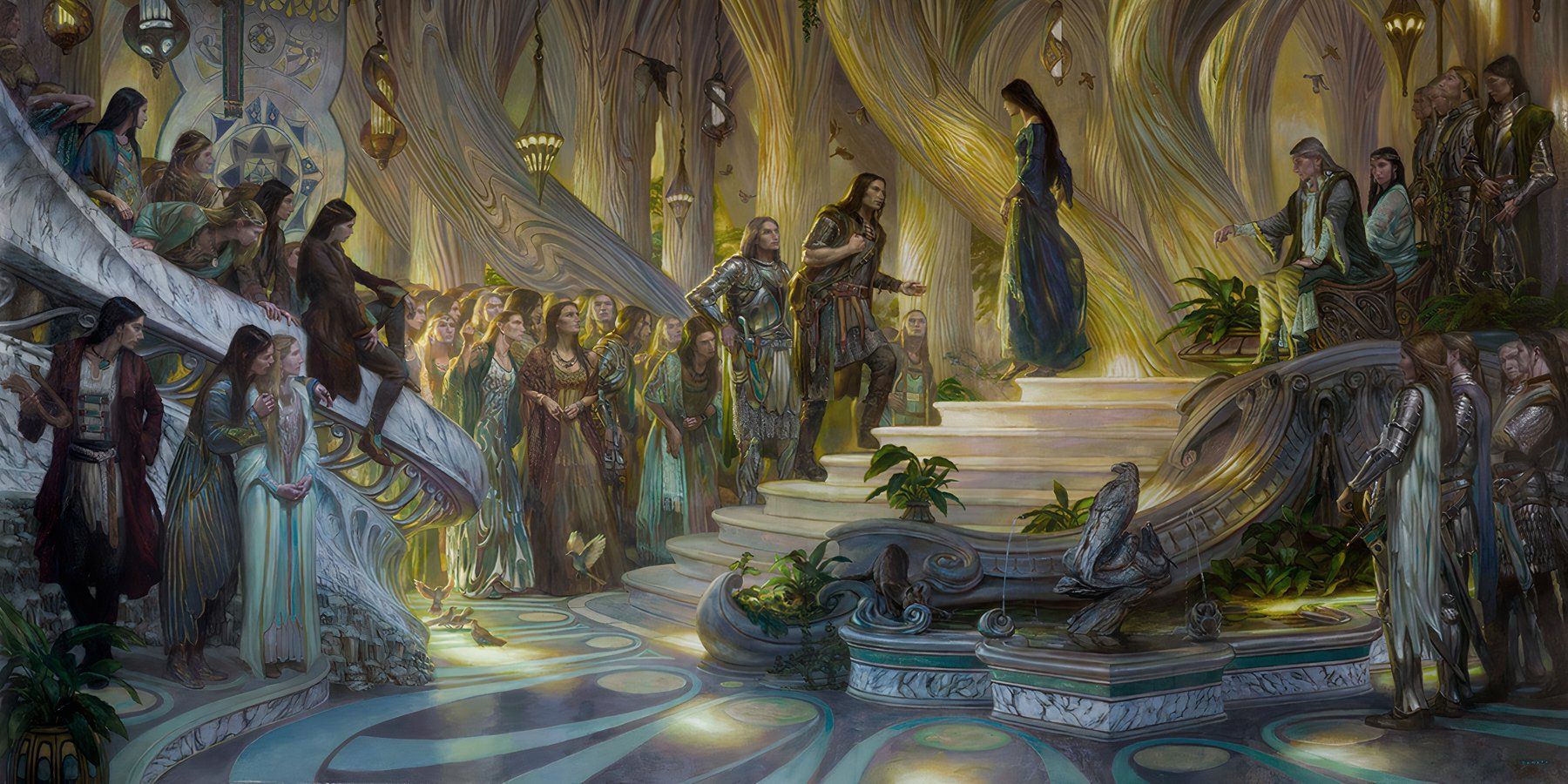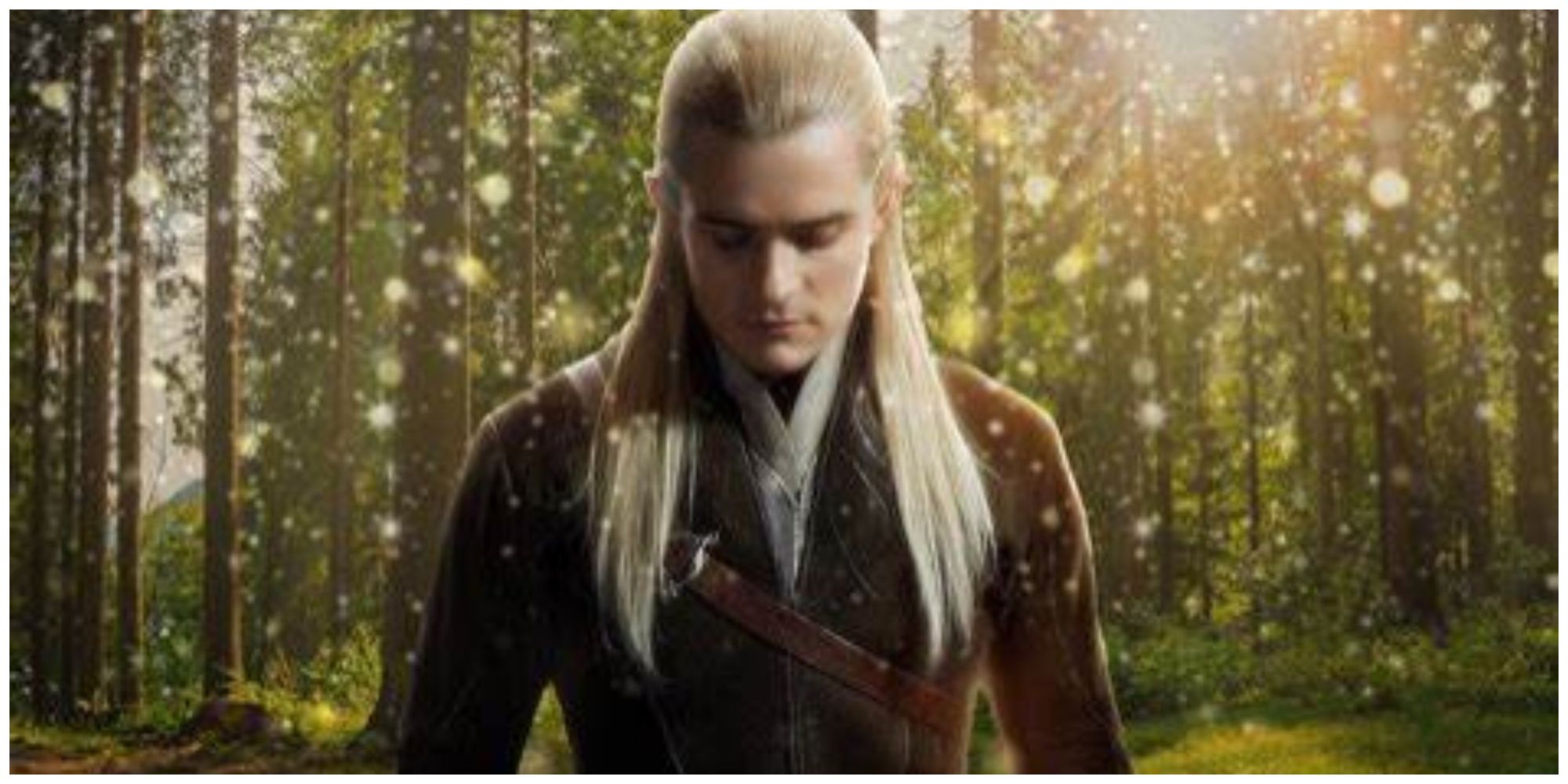Quick Links
The immortal Elves are one of the most fascinating aspects of Middle-Earth's lore, depicted fantastically in both The Lord of the Rings film trilogy and Amazon's The Rings of Power TV series. The mythology surrounding these beings dates all the way back to the earliest writings of J.R.R. Tolkien, but keeping track of so much world-building can be a bit of a difficult task. While there are volumes and volumes of things that can be learned about Middle-Earth's Elves, the different clans and races are especially difficult to keep track of.
In total, there are about 6 different Elven clans, with several more subgroups and off-shoots. In the early days of Middle-Earth, the distinctions between these races were incredibly clear, but in the thousands of years that transpired before The Lord of the Rings, the lines between different Elves are quite blurred. It's not as if certain clans live exclusively in certain areas, and nearly all the Elven bloodlines have become entangled through various marriages over the course of history. Still, unraveling the lineage of the Elf Clans is one of the most interesting deep-dives possible within Tolkien's works, and it's exactly what makes his world so rich and rewarding.
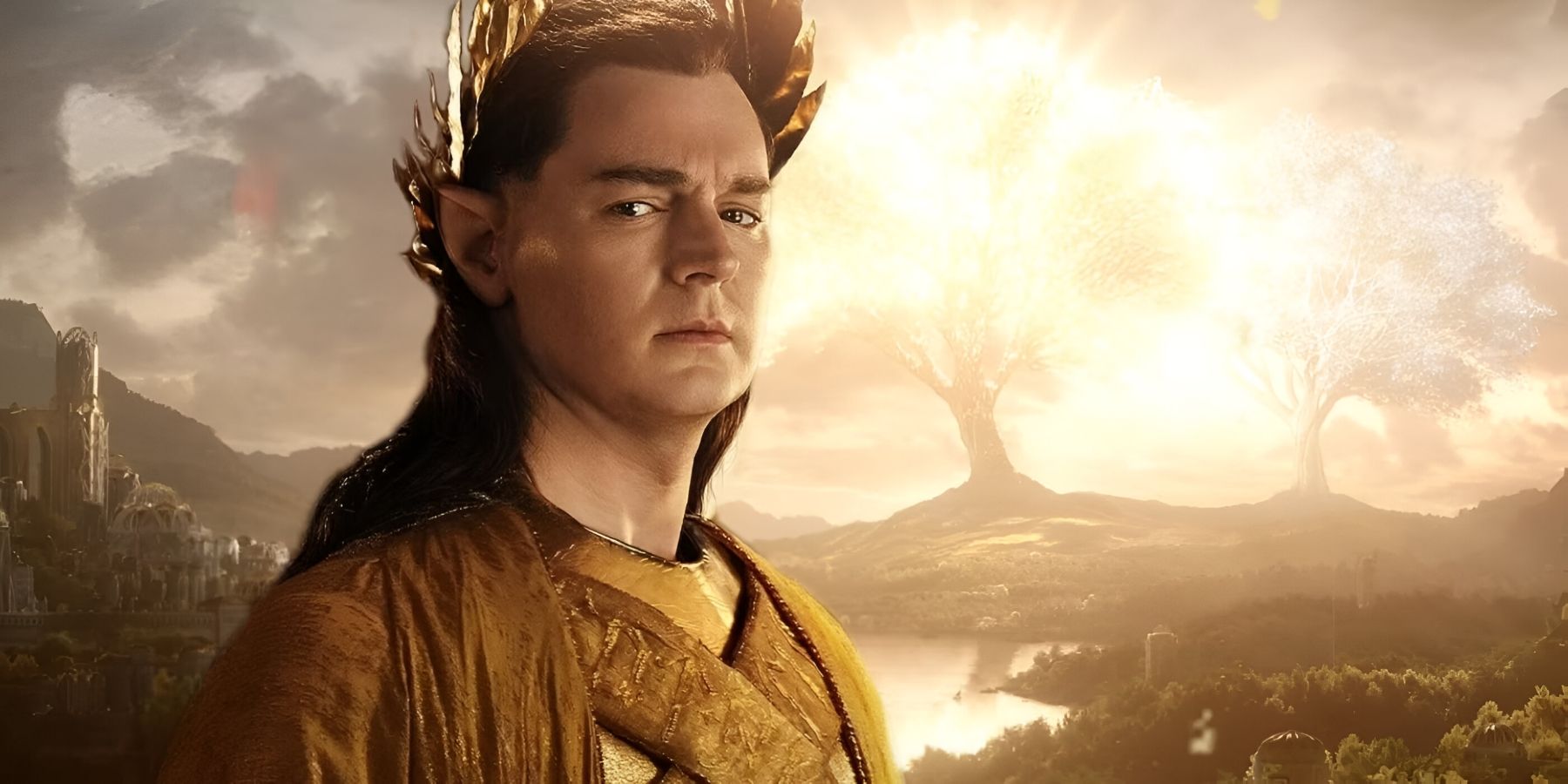
The Rings of Power: Why Did The Elves Leave Valinor For Middle Earth?
In The Lord of the Rings, viewers see the Elves leaving for the Undying Lands. But why did they leave Valinor for Middle Earth in the first place?
Why Are There Elven Clans in the First Place?
The Elves of Middle-Earth awoke in the early days of the world, before the Sun and Moon even rose in the sky. There were 144 of them in total, and they called themselves Quendi, meaning “those who speak.” After some time living on their own, these early Elves were discovered by the Valar and invited to take refuge in the far-off land of Valinor. This marks the first and most important distinction between Elves moving forward: those who made the journey to Valinor and those who did not. The Elves who embark on this difficult quest are called the Eldar, and nearly every important Elf in the history of Middle-Earth can be counted among their number.
Unfortunately, even within the Eldar, the classifications continue to get more complicated. The journey to Valinor was incredibly long and perilous, and a great many of the Eldar splintered off from their kin and settled in various locations throughout Middle-Earth. The Elves who made it to Valinor and beheld the light of the Two Trees are called Calaquendi: "Elves of Light." This includes the clans of the Noldor, Vanyar, and Teleri. Those of the Eldar who forsook the journey and decided to stay in Middle-Earth are called the Moriquendi, or "Dark Elves." They include the clans of the Sindar, Silvan, Nandor, and Laiquendi.
The Noldor
The Noldor are arguably the most important and well-known clan of the Elves, especially during the First Age. This clan was a part of the Eldar, and they completed the long journey to Valinor. Here, they lived alongside the Valar for thousands of years, learning from them and becoming masters of lore and craftsmanship. The greatest and most famous of all the Noldor was Fëanor, who forged the Silmarils. When Melkor stole the Silmarils and fled back to Middle-Earth, Fëanor and his sons swore an oath to reclaim them that would prove to be the doom of their kind.
After killing their fellow Elves in order to steal ships to pursue Melkor, the Noldor are banished from Valinor and placed under a curse that punishes their entire clan with misfortune and treachery. They return to Middle-Earth as exiles, and quickly become the greatest enemy of Melkor. Over the course of many great wars with the Dark Lord, many of the Noldor's greatest leaders and warriors perish and succumb to the curse. By the end of the First Age, the remaining Noldor are forgiven for their transgressions and invited to return to Valinor. The majority seize this opportunity, so by the time of The Lord of the Rings, only a few descendants of the once great clan still remain, such as Elrond and Galadriel.
The Vanyar and the Teleri
The two other clans counted among the Calaquendi are the Vanyar and the Teleri. The Vanyar were the first to depart on the journey to Valinor, and led the rest of the Eldar on their long trek across Middle-Earth. They were led by Ingwë, who was later crowned High King of all the Elves that lived within Valinor. Unlike the Noldor, the Vanyar were never banished from Valinor, and remained in the Blessed Realm for the rest of Tolkien's known history. They were famous for having bright golden hair, a trait passed down to Galadriel and her brother Finrod.
The last of the Calaquendi were the Teleri, who were the largest group of the Eldar, and therefore had two different kings: Olwë and Elwë. The Teleri were most reluctant to make the journey to Valinor and straggled behind their kinsmen as a result. Because of this, a great many of the Teleri abandoned the journey to Valinor and decided instead to dwell in Middle-Earth. Some of their clan did eventually arrive in the Blessed Realm, however, and here they found a love for the sea and crafted beautiful ships. These Teleri would remain in Valinor for the rest of Middle-Earth's history, although some of them were slain by the Noldor in the tragic betrayal of the First Kinslaying.
The Sindar
In the midst of the Elves' great migration to Valinor, the Telerian king Elwë became lost within the forest of Nan Elmoth in Beleriand. Here, he found the magical Melian, and the two fell under a spell of love that lasted two hundred years. While the rest of the Teleri moved on to Valinor, Elwë's followers searched for their king in vain, choosing instead to remain in Middle-Earth. Elwë eventually emerged from his spell and returned to his people, now calling himself Elu Thingol and bearing Melian as his queen. Together, they would rule over all the Elves that dwelt within Beleriand, which included many disparate settlements and kingdoms throughout the region. Altogether, these Elves of Beleriand are known under one name: the Sindar, or "Grey-Elves."
By the end of the First Age, the entire land of Beleriand was destroyed, and all of its Elven kingdoms lost to the sea. The remaining Sindar migrated to the eastern regions of Middle-Earth, such as the kingdom of Lindon. In the Second and Third Ages, all the Elves in Middle-Earth were granted passage to Valinor, and many of the Sindar would take part in this voyage.
The Nandor and the Silvan
Among the lesser known Elven clans, the Nandor and Silvan are relatively important. Both of these clans descend originally from the Teleri, and include members of that group who abandoned the journey to Valinor. The Nandor departed from the Teleri near the River Anduin, and eventually migrated west and dwelt within Beleriand alongside their Sindarin brethren.
The Silvan are a subgroup of the Nandor, who would develop a deep affinity for the forests of Middle-Earth east of the Misty Mountains. The Silvan were a deeply mysterious people, but by the time of The Lord of the Rings, they are the most abundant Elven clan that remains in the world. They dwell within kingdoms such as the Woodland Realm and Lothlórien, and include the most famous Elf in The Lord of the Rings series: Legolas Greenleaf.
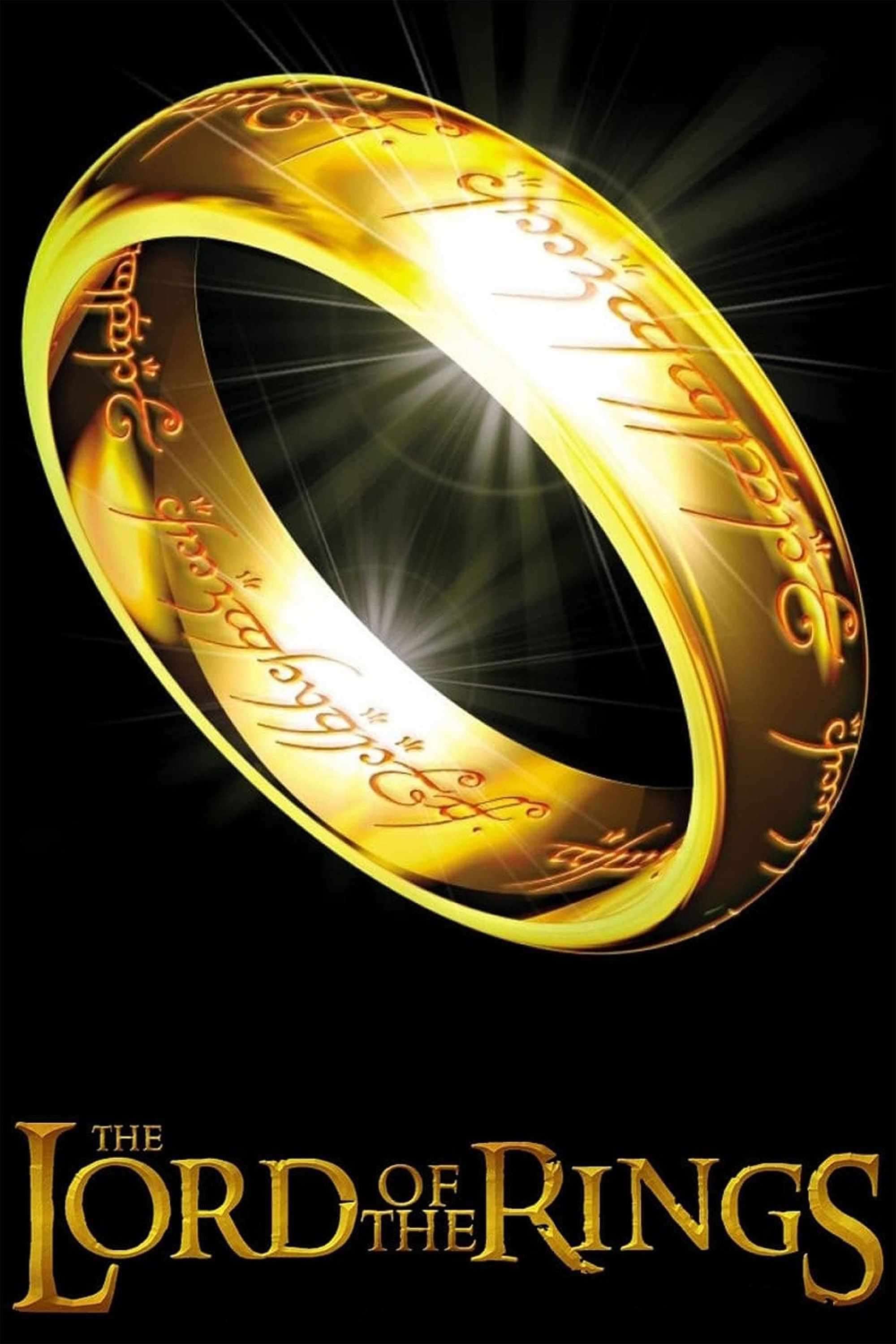
The Lord of the Rings
The Lord of the Rings is one of the most iconic names in entertainment. The franchise started with novels from J. R. R. Tolkien before being adapted onto the big screen by Peter Jackson in one of the most critically-acclaimed film trilogies of all time. There have also been numerous The Lord of the Rings video games of varying quality.

